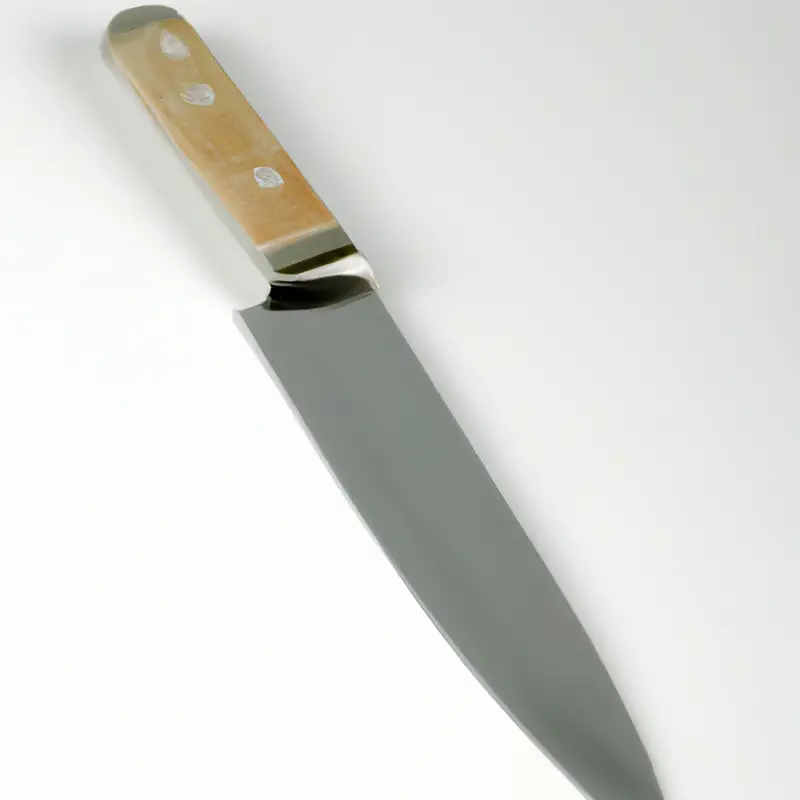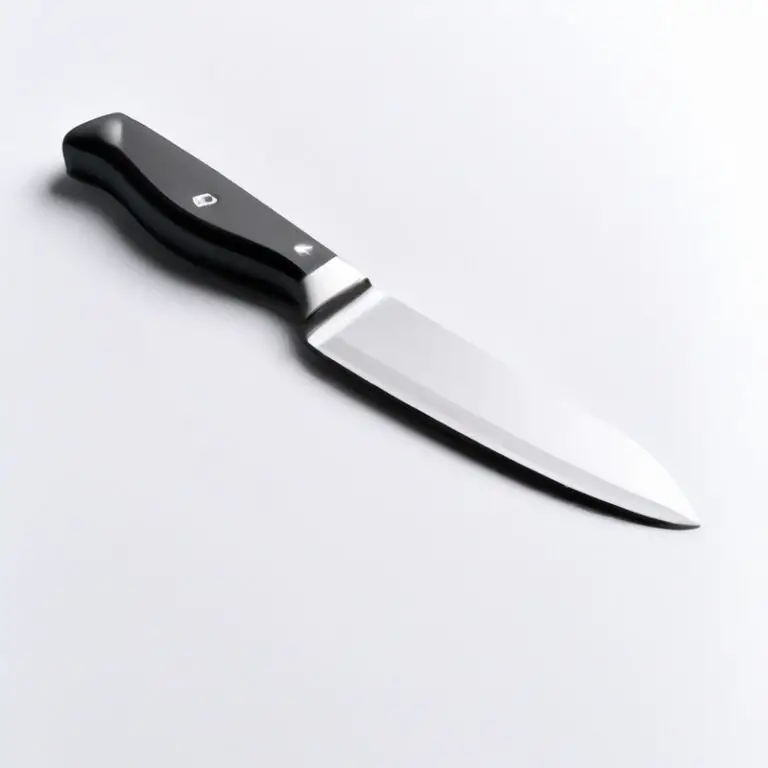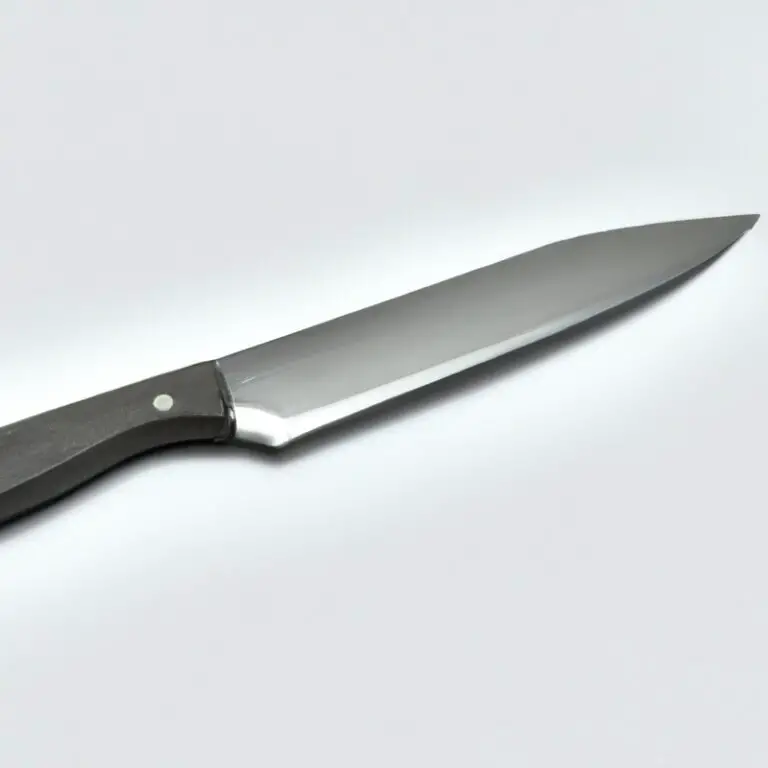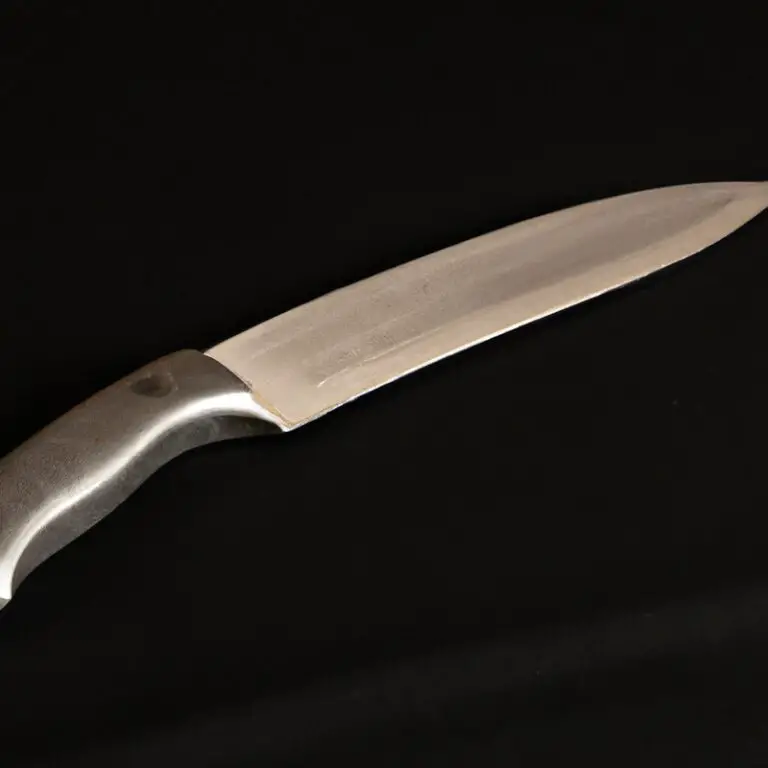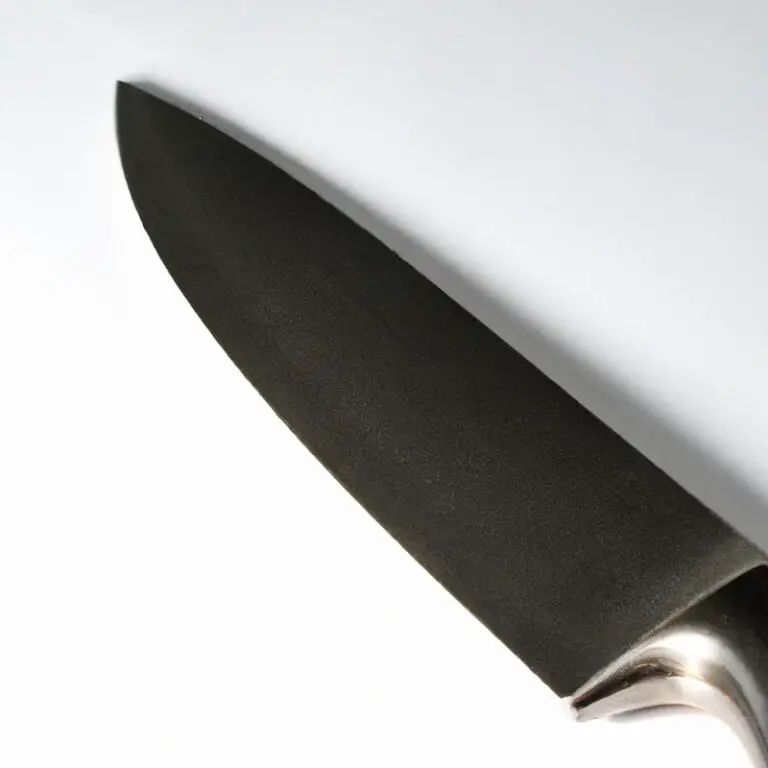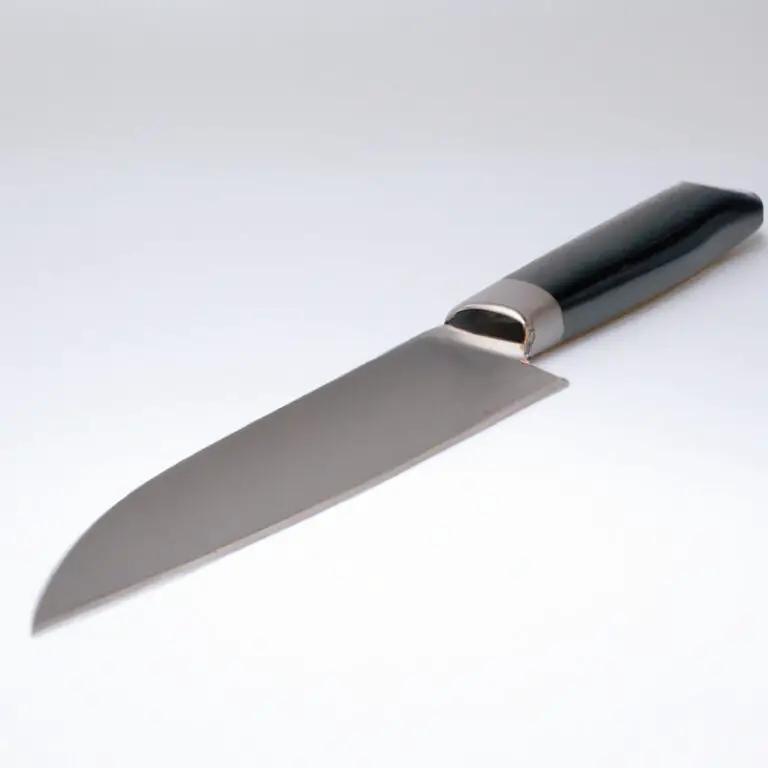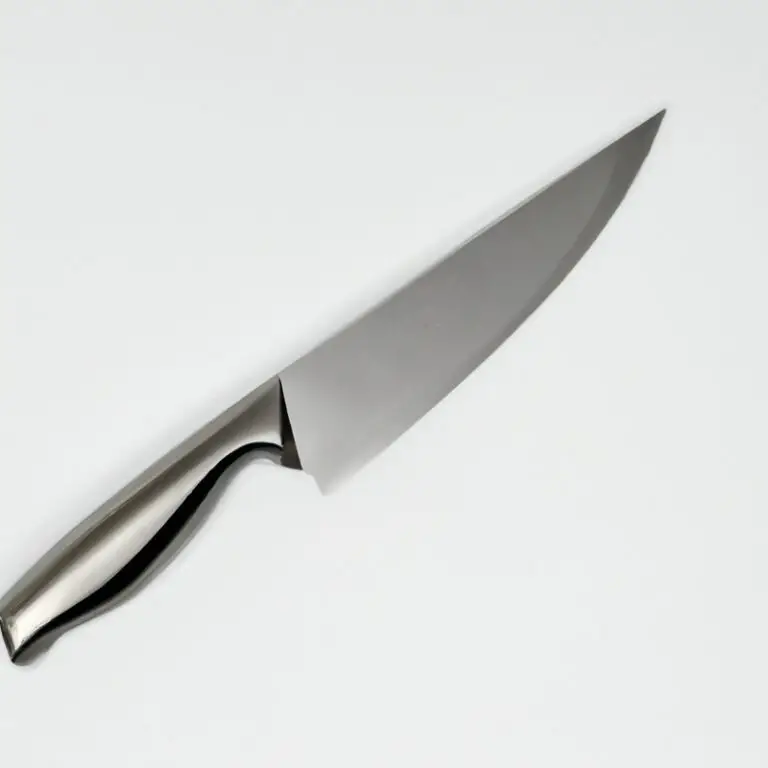How To Remove Stains From Paring Knife Blade Easily
Key Takeaways:
- Use a mild abrasive cleaner like baking soda and water to gently scrub away stains from your paring knife blade.
- Avoid using harsh chemical cleaners or steel wool as they can damage the blade’s surface and potentially lead to rust.
- Prevention is key – always clean and dry your paring knife after each use to prevent stains from setting in.
- If stains persist, consider consulting a professional sharpener or knife expert for recommendations on how to safely remove them.
Have you ever struggled with removing stubborn stains from your paring knife blade? It’s a common problem that can affect the longevity and performance of your trusty kitchen tool.
But don’t worry, there are simple and effective methods you can use to get rid of those pesky stains.
In this article, I’ll share my expertise on the topic and provide practical tips for cleaning and maintaining your paring knife blade. From natural remedies to chemical solutions, we’ll explore various approaches to help you keep your paring knife in top-notch shape.
So, let’s get started!
| Method | Ingredients/Tools | Instructions |
|---|---|---|
| Lemon Juice | Fresh lemon juice Cloth Water |
|
| Baking Soda | Baking soda Water Cloth |
|
| Vinegar | White vinegar Cloth Water |
|
Understanding the Nature of the Stain
Understanding the nature of the stain on your paring knife blade is crucial to effectively remove it. Some stains can be removed using natural methods while others require the use of chemicals.
Additionally, some stains may be hard to remove or may damage the blade if left for too long.
It is important to identify the type of stain before attempting any cleaning methods to prevent further damage. Common stains on paring knife blades include rust, food stains, and discoloration from acidic foods.
It is also essential to consider the material of the blade before cleaning.
Stainless steel blades require different cleaning methods compared to carbon steel blades. By understanding the nature of the stain and the type of blade, you can choose the appropriate cleaning method for the best results.
Basic Cleaning of the Paring Knife Blade
To clean a paring knife blade, use warm soapy water and a sponge or cloth to wipe away any debris or food residue. Hold the blade under running water to rinse away any remaining dirt.
Dry the blade with a clean towel or cloth to prevent rusting.
Avoid harsh scrubbing tools like steel wool or abrasive pads as they can damage the blade’s surface. Regular cleaning after use prevents stains and maintains your paring knife’s sharpness, strength, and longevity.
Natural Methods for Removing Stains
There are several natural methods for removing stains from your paring knife blade. These methods are cost-effective and eco-friendly, making them a safer option than chemical-based solutions.
Here are some effective ways that you can try at home:
- Lemon Juice: Squeeze some lemon juice onto the stained area and leave it for a few minutes. Then, rub the blade with a scrubber or a cloth. Rinse the blade with water and dry it thoroughly.
- Baking Soda: Make a solution of baking soda and water to form a paste. Apply the paste on the stained area and leave it for a few minutes. Then, scrub the blade with a scrubber or a cloth. Rinse the blade with water and dry it thoroughly.
- Vinegar: Apply some white vinegar on the stained area and leave it for a few minutes. Then, rub the blade with a scrubber or a cloth. Rinse the blade with water and dry it thoroughly.
- Salt: Make a solution of salt and water to form a paste. Apply the paste on the stained area and leave it for a few minutes. Then, scrub the blade with a scrubber or a cloth. Rinse the blade with water and dry it thoroughly.
Note that these methods may take some time to work, especially for stubborn stains. Additionally, always be careful while handling sharp knives, and avoid using abrasive scrubbers or sponges that can damage the blade.
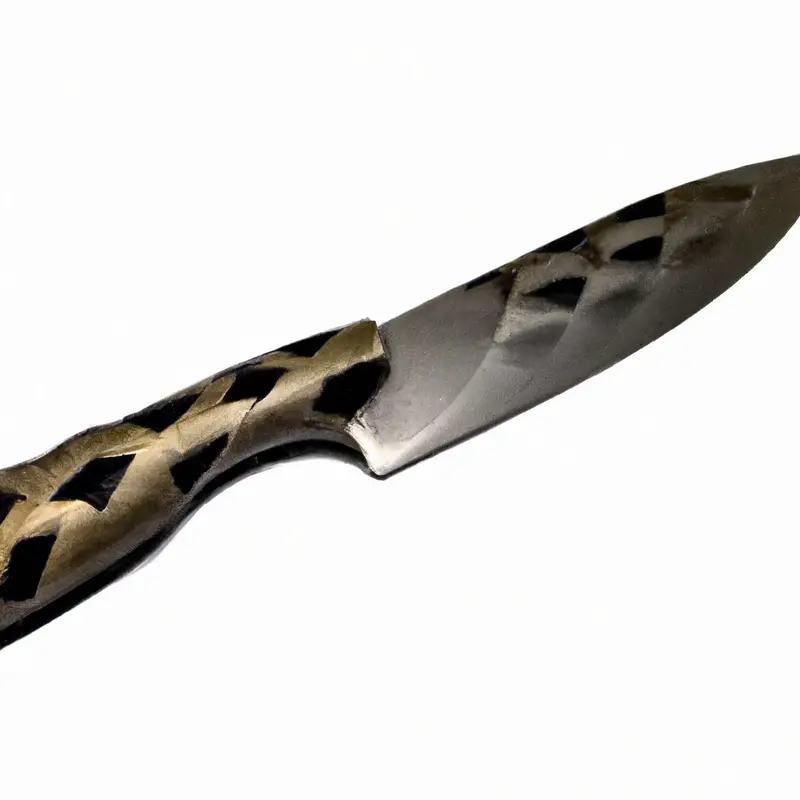
Removing Stains with Chemical Solutions
Removing stains from a paring knife blade can be challenging, especially if the stains have set in deeply. Fortunately, there are chemical solutions available that are specifically designed to remove stains from knife blades.
One of the most common chemical solutions for removing stains is a rust remover.
Rust removers contain acids that can help dissolve and remove rust stains from the blade without damaging it. Simply apply the rust remover to the stain and let it sit for the recommended amount of time before wiping it off with a cloth.
Another option is a metal polish, which can not only remove stains but also leave the blade looking shiny and new.
Metal polishes work by gently buffing away stains and restoring the original finish of the blade. Be sure to follow the instructions carefully and avoid using abrasive materials that could scratch the blade.
Always be mindful of the type of metal your paring knife blade is made of, as some chemicals can react negatively with certain materials.
It’s best to consult the manufacturer’s recommendations or a professional knife expert for guidance on which chemical solutions are safe to use. In summary, chemical solutions can be an effective way to remove stains from paring knife blades.
Just be sure to choose the right product for your blade and follow the instructions carefully to avoid causing damage.
Professional Services for Stain Removal
Professional services for stain removal are available for those who are unable to remove stains from their paring knife blades on their own. These services are usually offered by knife sharpeners or kitchenware stores that specialize in blade maintenance.
Professional stain removal services involve using specialized equipment and chemicals to remove stains from the knife blade.
Knife sharpeners have access to professional-grade materials that are more effective than retail products. They also have the expertise required to handle knives safely and efficiently.
The cost of professional services for stain removal varies depending on several factors, including the severity of the stain, the size of the blade, and the location of the service provider.
However, it is generally a more expensive option than attempting to remove the stain at home. It is important to choose a reputable and trustworthy professional service provider for stain removal, as improper handling of the knife can lead to damage or even injury.
Look for providers who have experience working with kitchen knives and who offer warranties on their services.
Overall, professional services for stain removal can be a convenient and effective solution for those who are unable to remove stubborn stains from their paring knife blades. However, it is important to weigh the cost and potential risks before deciding to use these services.
Prevention and Maintenance of Paring Knife Blades
Prevention and Maintenance of Paring Knife Blades:
- Always wash and dry your paring knife after every use.
- Avoid soaking the knife blade in water for long periods of time. This can cause rust and corrosion to form.
- Store your paring knife in a designated area to prevent it from becoming dull, chipped, or damaged.
- Use a sharpening stone or honing steel regularly to keep the blade edge sharp.
- Avoid using abrasive materials to scrub the knife blade, as this can cause scratches and damage the surface.
- Keep the knife blade away from acidic foods that can cause stains or discoloration.
- Use a food-safe lubricant on the knife blade to prevent rust and corrosion.
- Never use the paring knife for tasks that are too difficult or require excessive force. Use a different knife or tool for those tasks.
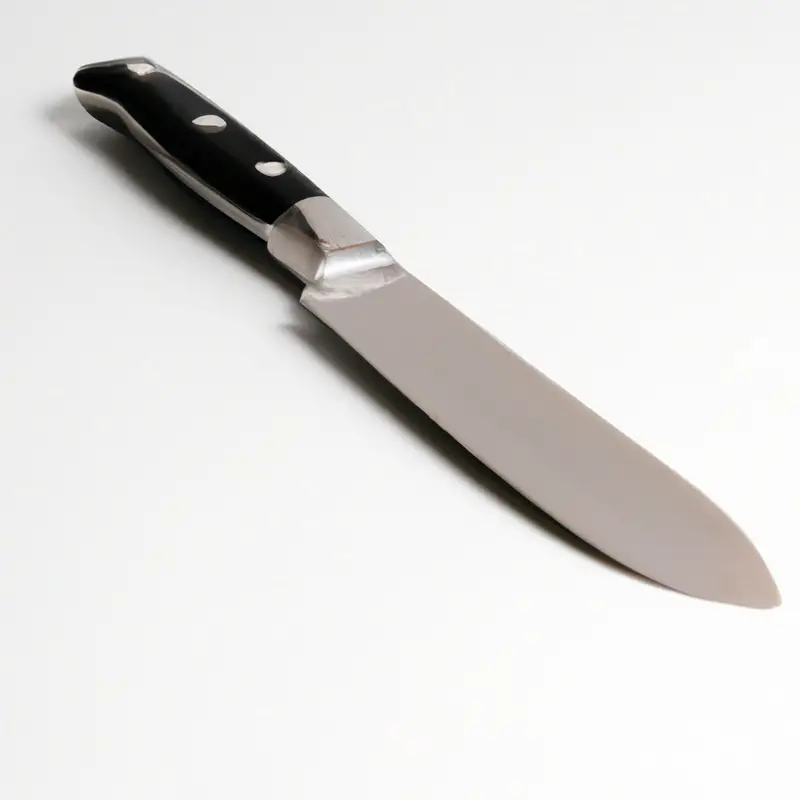
Final Verdict
Removing stains from your paring knife blade can be a simple task. Understanding the nature of the stain, basic cleaning, and natural methods can help you remove most stains.
However, stubborn stains may require chemical solutions or professional services.
In order to maintain your paring knife blade, prevention and regular maintenance are key. By implementing these strategies, you can keep your paring knife blade in pristine condition for all your culinary needs.
Trust in the reliability of the information presented and take action to ensure your paring knife stays stain-free.

